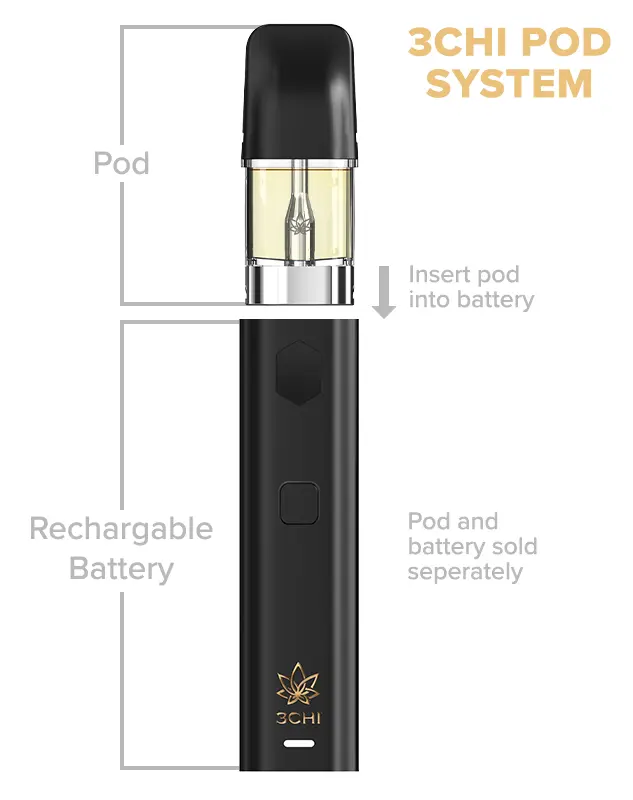Expert Tips: Turn Products Popular Vape Devices
Expert Tips: Turn Products Popular Vape Devices
Blog Article
The Ecological Influence of Non Reusable Vapes: Are They Genuinely Sustainable?
Non reusable vapes, a growing market sector in the vaping industry, have sparked arguments regarding their ecological influence. With concerns ranging from resource extraction to throw away disposal, delving into the ecological footprint of disposable vapes unveils a diverse concern that deserves better evaluation.
Ecological Influence of Disposable Vapes

Unlike conventional vapes that can be refilled and reused, non reusable vapes are created for a single-use cycle, resulting in a quick build-up of electronic waste. The manufacturing process of non reusable vapes likewise eats important sources and energy, more aggravating their ecological impact. Incorrect disposal of these gadgets can cause soil and water contamination, presenting risks to wild animals and ecosystems.

Production Refine and Source Intake
During the production of non reusable vapes, considerable amounts of sources and power are eaten, adding to their total environmental effect. The production process of disposable vapes involves the extraction and processing of basic materials such as metals for the device components, plastic for the casing, and lithium-ion batteries for the source of power. These processes require considerable energy inputs and can lead to the generation of greenhouse gas exhausts, adding to environment adjustment. Furthermore, the manufacturing of non reusable vapes usually entails the use of non-renewable sources, additionally depleting finite materials.
Moreover, the production of disposable vapes additionally creates waste and air pollution. Factories creating these devices might launch hazardous chemicals and by-products into the water, soil, and air, impacting local communities and areas. The disposal of making waste, such as plastic scraps and digital components, can additionally exacerbate ecological degradation if not taken care of correctly. The production process of non reusable vapes plays a substantial role in their general ecological impact and sustainability considerations.
Waste Generation and Disposal Difficulties
In light of the resource-intensive production process of non reusable vapes, the monitoring of waste generation and disposal presents considerable ecological difficulties. Non reusable vapes add to the placing issue of digital waste due to their single-use nature and complex make-up.
Furthermore, the inappropriate disposal of disposable vape cartridges, which frequently have residual pure nicotine and other toxic substances, can infect the atmosphere if not handled appropriately. The absence of standardized recycling programs for these cartridges aggravates the issue, with many winding up in regular waste streams.
To resolve these waste generation and disposal difficulties, it is critical for makers to design even more sustainable vape products that are easier to recycle. In addition, enhanced recognition and education on correct disposal methods amongst customers are critical in alleviating the environmental influence of non reusable vapes.
Chemicals and Harmful Products Use
Moreover, the batteries in non reusable vapes include hefty steels such as cadmium, lead, and lithium, which are harmful to the atmosphere otherwise reused suitably. Turn products. Improper disposal of these batteries can result in soil and water contamination, presenting dangers to ecosystems and human health. For that reason, the extensive use of chemicals and hazardous products in non reusable vapes emphasizes the importance of adopting sustainable techniques in their production, disposal, and usage to alleviate unfavorable environmental impacts.
Sustainable Alternatives and Solutions
What lasting choices and services can be applied to deal with the ecological impact of disposable vapes? Additionally, advertising responsible disposal methods for non reusable vapes, such as reusing programs, can help minimize the environmental consequences connected with these products.
An additional lasting service is the growth of biodegradable vape elements. Makers can discover using biodegradable materials for vape coverings, cartridges, and packaging to decrease the long-lasting environmental effect of these items. In addition, encouraging making use of vaping products with fewer chemical additives and toxins can also add go now to a more sustainable vaping industry.
Education and learning and awareness projects can play an important function in advertising lasting methods amongst vapers - Turn products. By notifying consumers about the environmental impact of disposable vapes and highlighting the benefits of green choices, people can make even more enlightened options that line up with environmental preservation efforts. Ultimately, a combination of regulatory measures, technological advancements, and consumer actions is necessary to resolve the ecological difficulties postured by non reusable vapes
Verdict
Finally, the ecological effect of disposable vapes is substantial because of the manufacturing process, source consumption, waste generation, and use chemicals. Lasting alternatives and remedies should be taken into consideration to reduce these negative impacts. It is important for manufacturers and consumers to focus on environmentally pleasant practices to minimize the ecological harm triggered by non reusable vapes.
The environmental impact of disposable vapes is an expanding issue as their prevalent usage contributes to plastic waste build-up.Unlike typical vapes that can be refilled and reused, disposable vapes are created for a single-use cycle, leading to a rapid build-up of digital waste. The widespread use of chemicals and hazardous products in non reusable vapes underscores the significance of embracing lasting practices in their disposal, Find Out More usage, and production to alleviate negative ecological influences.
By informing consumers about the environmental impact of disposable vapes and highlighting the benefits of environmentally friendly options, people can make even more educated options that align with environmental preservation initiatives.In verdict, the ecological influence of disposable vapes is considerable due to the production process, source usage, waste generation, and use of chemicals.
Report this page